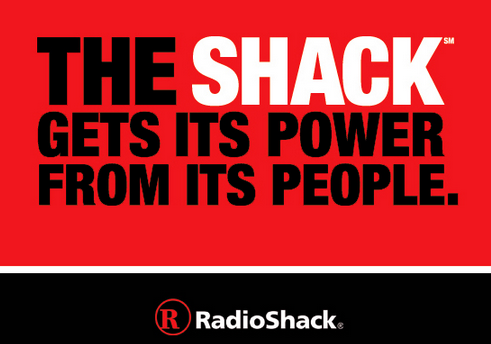Customer service is waning again in the retail environment where people will go online instead, to presumably avoid dealing with salespeople. Some exceptions, most notably Chick-fil-A and Nordstroms, have built their following around excellent customer service. But do you know what else these two companies have? A great product.
People love Chick-fil-A chicken sandwiches and will wait in lines wrapped around their buildings to get one. Remember the chicken sandwich war between Popeye’s and Chick-fil-A? When was the last time you saw a line around Popeye’s?
Nordstrom has contracts with some of the world’s best designers and keeps its stores looking modern on top of its continually updated and fashionable inventory. When you have management that combines the best customer service and products people want and need, you have a recipe for success. Good service plus great product equals longevity. Malls and brick-and-mortar stores may continue disappearing from the landscape, but Nordstrom is going nowhere.
But if you want an exact recipe for a retail disaster, go no farther than trace what RadioShack did to ruin its customer base on its way to bankruptcy. I used to love Radio Shack. They carried everything from plugs to music cords to microphones and robots and electronic gizmos and other stuff you just couldn’t find anywhere else. And then? They made the decision to be a cell phone company.
At its beginnings, RadioShack was at one time THE place to buy the coolest and latest in electronics. I remember when I was a kid, they were the headquarters for ham radio enthusiasts and CB radio aficionados. I never fully understood this period of history, but RadioShack served a need and they had the expertise to give customers what they wanted.
Another thing forgotten about RadioShack is they also sold one of the first home computers, the TRS-80. But then they started, for lack of a better term, shitting the bed. Online retailing and eCommerce became a thing in the early part of the century, and RadioShack ignored it all. The only thing you could find on their website was store locations. When the behemoth Amazon came on the horizon, RadioShack, instead of competing, changed up its stores and made some extremely questionable inventory decisions.
Their biggest mistake was that RadioShack decided to become a cell phone store, crammed into limited strip mall locations that seemed to stop carrying products that anyone needed. But heaven help you if you happened to walk in to buy some batteries or a microphone cord because not only did the store focus too much on cell phone sales, you had to wait an interminable amount of time for them to sign up a cell phone customer before they gave you a look. According to an article in Bloomberg, it also weakened the brand known for electronics and became “a cell phone kiosk.”
The company didn’t flinch when the cell phone companies started opening their own retail stores. These are lessons that companies like Best Buy (another electronics store) and even Costco don’t seem to understand, based on the floor space they give up to sell cell phone packages.
Jon Bois, a former RadioShack store employee, did a highly insightful and entertaining interview with SB Nation, talking about how he had to represent “unsellable crap” in his store and how he was told to sell Brum cars, which no one in the U.S. had ever heard of. The problem was that the vehicles were based on a British children’s television series that only aired on Discovery Kids. He said in the article that RadioShack’s decision-making was like “retracing the steps and doings of a drunk person.”
Not long after, they made one of the most ridiculous branding decisions in recent history, renaming its stores “The Shack” in an attempt to remain relevant. It was a branding debacle so wrong that they actually use it as an example in college marketing classes. Needless to say, the company filed for bankruptcy shortly after and their stores have disappeared from the landscape, though a friend of mine told me he saw a RadioShack last year in a mall in Guatemala City. He also saw in the same mall Cincinnati Bengals, 2022 Super Bowl Champion shirts (Note: The Rams won). So there’s that.
Have you noticed that I barely even touched on one of the worst things about Radio Shack? It was their customer service. Most people who worked in the stores had yet to learn their inventory, leading customers to go on their own personal treasure hunts. But, again, it wasn’t the customer service that sunk the company. Their merchandise and the products they offered no longer resonated with your average consumer.
Similar tales can be told about the demise of retail companies like Montgomery Ward, Sears/K-Mart and JC Penney. These used to be household names that later found you can’t rest on your laurels. Their products and standards waned. They stopped paying attention to what their customers wanted.
Yes, customer service is essential, but good and relevant products keep customers interested and coming back. If you don’t show interest in your customer experience and keep track of what they actually need, you’ve lost them.
If we’re to learn anything from a cautionary tale like that of RadioShack, it’s that we always need to pay attention to trends and develop new ways to serve our customers. Whether you’re selling a widget, a pair of pants, or a chicken sandwich, customer service and having a product people care about, need and want will help you remain relevant today and in the future.





